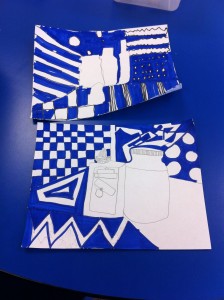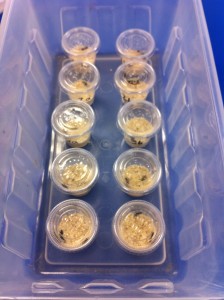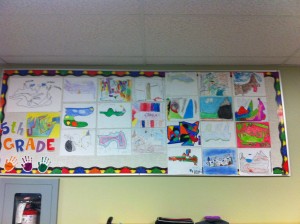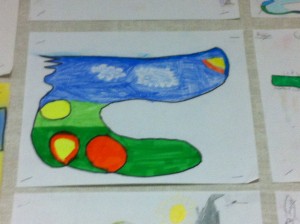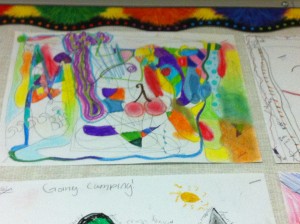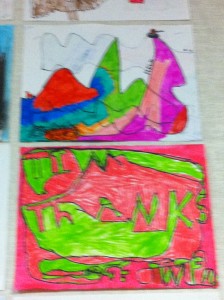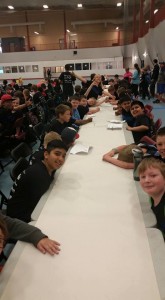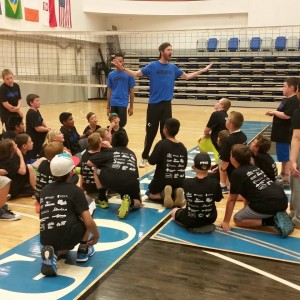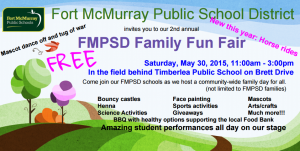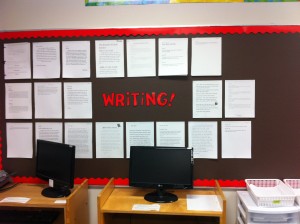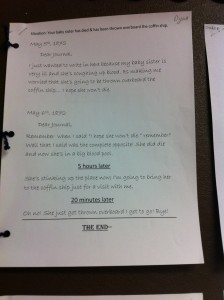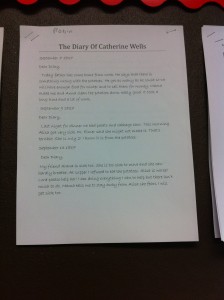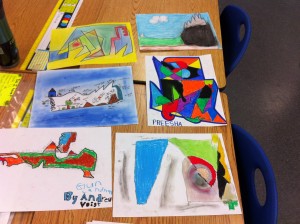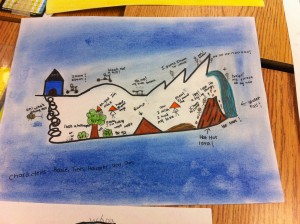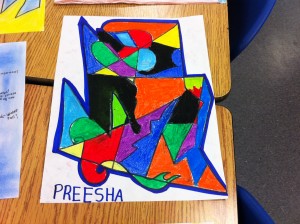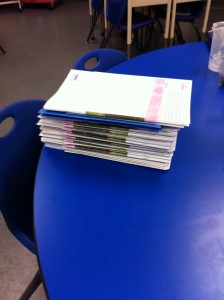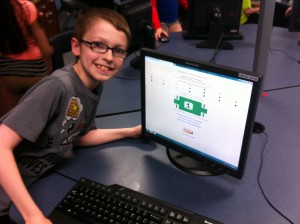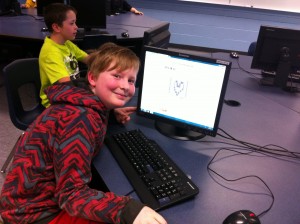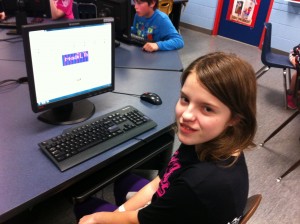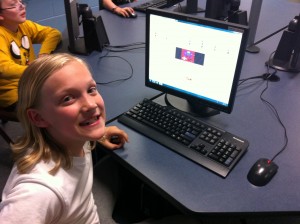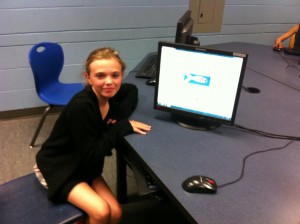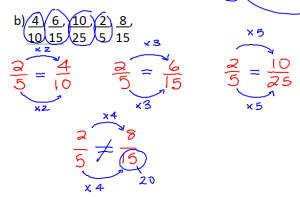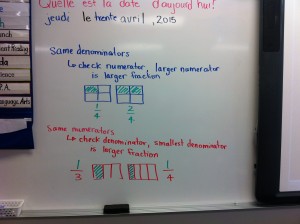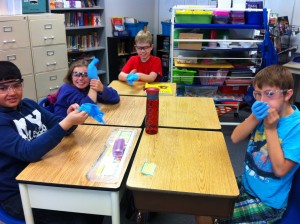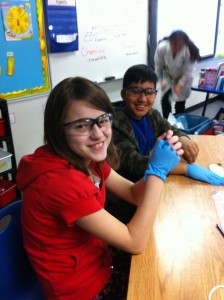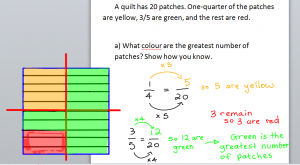Did You Know…? Ribbon worms will eat their own bodies if their food supply runs out. They can eat up to 95 per cent of themselves and still survive.
Good evening,
Today the students named their caterpillars and began a journal for observing their growth and changes. We will be posting small daily updates on the caterpillars to the following webpage: https://missbtimberlea.edublogs.org/butterflies-daily-updates/. Visit this link each day to see how students caterpillars are growing. You can also find it under “Butterfly Updates” in the May-June Links.
In Art today students practiced contour drawing. They each found some objects around the room to do a contour drawing of. They could not lift up their pencil from the paper, as these are quick, simple sketches. So… students were asked to pick 1-2 objects, to keep it simple, to focus on shape, and to use light and dark pencil markings to add contrast where needed. After students finished their contour drawings, they were using positive and negative space to emphasize their drawings. Check out the examples below.
In Science today we began to further explore our Wetlands unit. Students discussed the importance of water, what is a wetland, living and non-living components of wetlands, and why wetlands are important. The first question seems pretty simple. We need water to drink, cook, wash, etc. This year we will be looking closely at both non-peatlands and peatlands. Marshes are the non-peatlands we will be studying. They get their water both from groundwater and precipitation, but they are not usually permanent and can dry up depending on the weather. They have water that is 1 to 1.5 m deep, and are often referred to as sloughs or ponds. The peatlands we will be studying are bogs and fens. Fens are the most common type of wetland that we see in Northern Alberta. They get their water from groundwater can be identified by the abundance of mosses and black spruce trees. Bogs on the other hand get their water primarily from precipitation. They also have mosses, as well as unique plants such as the pitcher plants found in Newfoundland. Both bogs and fens have peat. Peat is dead material (eg. leaves, animals, etc.) that has built up and is decomposing in the wetlands. It is generally several layers deep and we usually refer to it as muskeg. As you can see already, there are important non-living components of wetlands such as water, dead materials, air, and soil. There is also an abundance of living materials in wetlands from black spruce, moss, pitcher plants, mallard ducks, beavers, northern shovellers, moose, fish, plants, trees, shrubs, bull rushes, cattails, etc. Why are wetlands important? Well:
- They store water.
- They contain a lot of biodiversity (plants and animals).
- They can filter and clean water.
Stay tuned for more!
Agenda:
Read 20 minutes
Language Arts:
- 2nd Drafts of Wetlands Paragraphs (Monday)
Math:
- Math Help – Wednesday (3:00-4:00 pm)
- Mathletics Meeting – TBD
- Pg. 268 #1-4
Science:
- Acids and Bases Quiz (Monday)
Google Classroom Form – ASAP
Grade 5/6 Floor Hockey – Monday (3:00-4:00 pm)
Yearbook Orders – May 29th ( ybpay.lifetouch.com and enter Yearbook ID code: 10359315)
Guinness World Record Forms – June 5th
Family Fun Fair – Saturday at 11:00 am (Timberlea Field)
